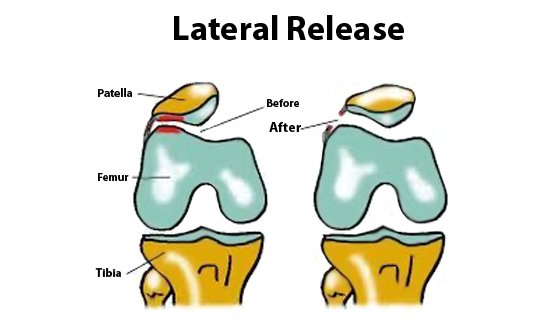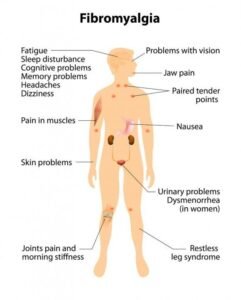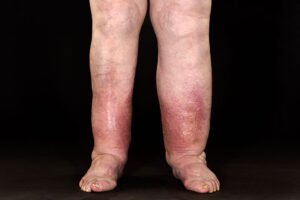Petechiae vs. Purpura_ What Skin Discoloration Can Tell You About Your Health
Petechiae vs. Purpura: What Your Skin May Be Telling You
Skin discolorations like petechiae and purpura can be early signs of internal health issues. While they differ in size and appearance, both result from blood leaking beneath the skin due to ruptured capillaries. Petechiae appear as tiny pinpoint red or purple dots, while purpura are larger, bruise-like patches. Despite their visual differences, these conditions often share similar origins and require comparable treatment approaches.
Understanding Petechiae and Purpura
What Is Petechiae?
Petechiae are minute red or purple spots measuring less than 4 mm in diameter. They often cluster together and remain flat against the skin. These spots do not turn white when pressed—a trait known as non-blanching.
What Is Purpura?
Purpura refers to larger, flat, discolored patches ranging from 4 mm to 10 mm. When skin discoloration exceeds 10 mm, it is generally classified as ecchymosis. Like petechiae, purpura are non-blanching and can indicate an underlying issue with the blood or blood vessels.
Visual Differences Between Petechiae and Purpura
-
Size: Petechiae are very small, while purpura are noticeably larger.
-
Appearance: Petechiae often appear in clusters, whereas purpura form irregular patches.
-
Color Changes: Both conditions may change from red to purple, brown, or yellow as the pooled blood is reabsorbed.
-
Texture: Purpura can sometimes feel slightly raised compared to the flat texture of petechiae.
How Long Do Petechiae and Purpura Last?
-
Petechiae: These typically disappear within 2 to 3 days.
-
Purpura: May take a week or more to fade, and in some cases, they can linger for over a month depending on the underlying cause.
In certain cases, unresolved or worsening petechiae can develop into purpura.
What Causes Petechiae and Purpura?
These skin changes often signal issues with blood clotting, blood vessels, or platelets. The causes are typically divided into three categories:
Platelet-Related Causes (Thrombocytic)
A decrease in platelet count or platelet function can lead to bleeding beneath the skin. Common causes include:
-
Autoimmune diseases (e.g., lupus, rheumatoid arthritis)
-
Viral infections such as HIV, Hepatitis C, or CMV
-
Blood cancers like leukemia
-
Sepsis or serious bacterial infections
-
Idiopathic thrombocytopenic purpura (ITP)
-
Immune thrombocytopenia
-
Thrombotic thrombocytopenic purpura (TTP)
-
Post-transfusion purpura
-
Hemolytic uremic syndrome
Blood Vessel Damage (Vascular Causes)
Structural issues in blood vessels can lead to leaking and skin discoloration. Causes may include:
-
Physical trauma or pressure
-
Fragile capillaries due to aging
-
Chronic sun exposure
-
Vasculitis (vessel inflammation)
-
Amyloidosis (protein buildup in vessels)
-
Scurvy (Vitamin C deficiency)
-
Genetic disorders like hereditary hemorrhagic telangiectasia
-
Rumpel-Leede phenomenon from limb compression
Clotting Disorders (Coagulopathy)
In some cases, the issue lies in how the blood clots, not the platelets or vessels:
-
Anticoagulant medications (e.g., warfarin, heparin, aspirin)
-
Chemotherapy or radiation therapy
-
Aplastic anemia
-
Disseminated intravascular coagulation (DIC)
How Are Petechiae and Purpura Diagnosed?
Doctors usually begin with a visual inspection and a simple test called diascopy—pressing a glass slide against the skin to check for blanching. Petechiae and purpura won’t fade under pressure.
Further diagnosis may involve:
-
Reviewing medical history and current medications
-
Checking for accompanying symptoms
-
Conducting blood tests
-
Performing a skin biopsy if needed
Treatment Options for Petechiae and Purpura
When No Treatment Is Necessary
If petechiae or purpura are due to minor trauma or a temporary condition, they often resolve without intervention. Helpful remedies include:
-
Applying a cold compress
-
Staying hydrated
-
Resting the affected area
When Medical Treatment Is Needed
Treatment is focused on addressing the root cause:
-
Stopping or changing medication if it’s responsible
-
Using immunosuppressants for autoimmune disorders
-
Administering platelet transfusions for severe deficiency
-
Providing vitamin C for those with scurvy
-
Starting oncology care for cancer-related symptoms
When to Seek Medical Attention
Consult a healthcare professional if:
-
Discoloration appears suddenly without an obvious cause
-
Spots spread, darken, or persist
-
Bleeding occurs through the skin or you bruise easily
-
Symptoms reoccur frequently or worsen over time
Frequently Asked Questions
How Long Do Petechiae and Purpura Last?
Petechiae usually disappear within a few days, while purpura can take a week or longer. Duration depends on the underlying cause and treatment.
Expert Tips for Recognizing Skin Warning Signs
-
Track any new medications that might be contributing.
-
Take photos of skin changes for comparison over time.
-
Don’t ignore persistent or spreading discoloration—get it checked early.
Key Takeaways
-
Petechiae and purpura are both signs of bleeding under the skin but differ in size and appearance.
-
Causes can include platelet disorders, vessel damage, or clotting issues.
-
While some cases resolve on their own, others require medical evaluation and treatment.
-
Always consult a healthcare provider if discoloration appears suddenly or doesn’t improve.
Stay Informed With Health Insights
Want expert-backed health tips straight to your inbox? Subscribe to our newsletter and stay updated on the latest in skin health, diagnostics, and more.
Subscribe Now










